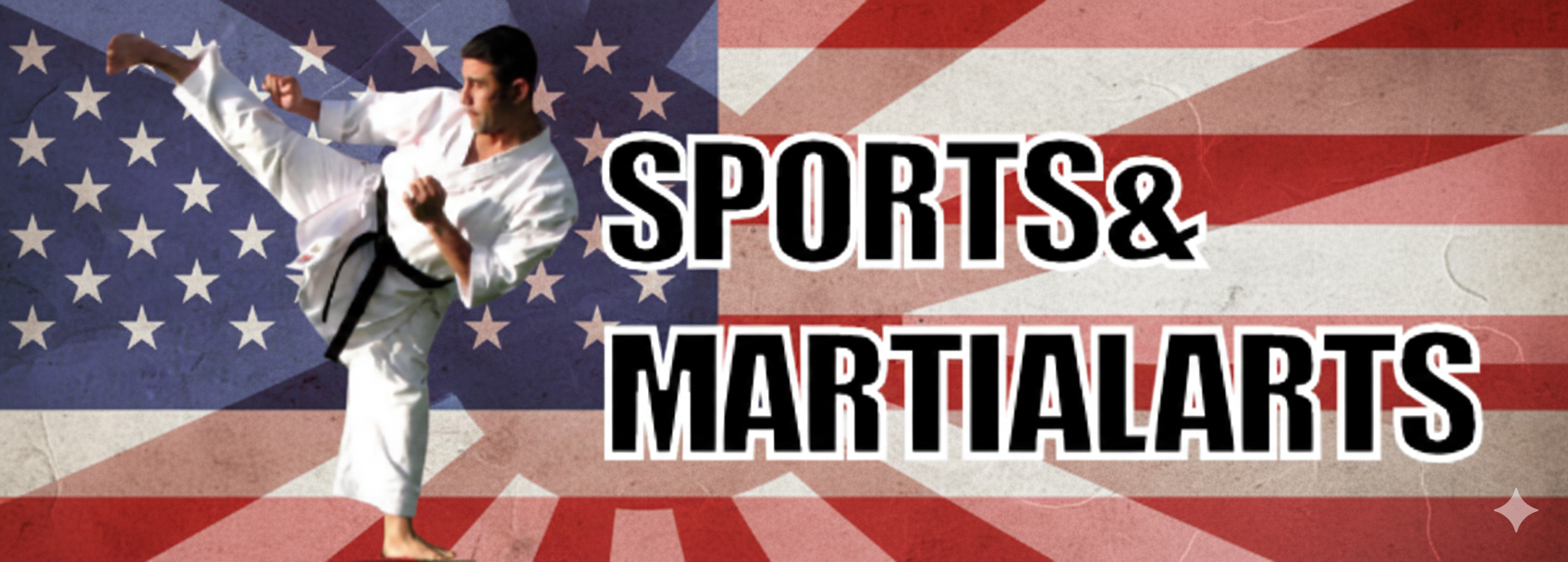Contents
- 1 Kenpo Karate White Belt Techniques
- 1.1 Kenpo Karate White Belt Stances
- 1.2 Kenpo Karate White Belt Strikes
- 1.3 Kenpo Karate White Belt Punches
- 1.4 Kenpo Karate White Belt Blocks
- 1.5 Kenpo Karate White Belt Kicks
- 1.6 Kenpo Karate White Belt Foot maneuvers
- 1.7 White Belt Recommendations
- 1.8 Focus on the Basics
- 1.9 Prioritize Safety with Proper Gear
- 1.10 Keep a Training Journal
- 1.11 Organize Your Equipment
- 1.12 Stay Hydrated
- 1.13 Final Thoughts
- 1.14 Kenpo Karate Techniques
- 1.15 Related
Kenpo Karate White Belt Techniques
In many martial arts, a white belt needs to learn the basics, and general terminology and be able to go through basic training. In American Kenpo Karate a white belt needs 3 months to test for a yellow belt. These are the basic requirements for a white belt to test for a yellow belt. These requirements might differ from your school, style, and association but can be present in most Kenpo Karate schools.
Kenpo Karate White Belt Stances
These are the basic stances that will build the rest of your foundation in Kenpo Karate, you will find these stances on all your forms and sets.
- Horse stance
- Attention stance
- Fighting stance
- Neutral stance
Kenpo Karate White Belt Strikes
These strikes are fundamental to all the many self-defense techniques you will learn. You will also find them on sets and forms.
- Inward Hand Sword
- Outward Hand Sword
- Back elbow Strike
Kenpo Karate White Belt Punches
This is the first punch you will learn, you will find it on Self defense techniques, forms, and sets.
Kenpo Karate White Belt Blocks
The first three basic blocks you will find in your first set (star block set), forms, and self-defense techniques.
Kenpo Karate White Belt Kicks
The first three basic kicks you will be learning, all these kicks are just on your front or at 12 o’clock.
- Front kick
- Front knee snap
- Roundhouse kick
Kenpo Karate White Belt Foot maneuvers
This foot maneuver is used in blocking and attacking situations, you combine it with basic block and punching techniques. It will help you when you learn your self-defense techniques.
- Step through forward and reverse
White belts have minimal requirements because they are just beginning to explore the world of martial arts. At this stage, the focus is on fundamental skills and simple movements, which serve as the foundation for more advanced techniques they will learn as yellow belts. These basic techniques include stances, basic punches, blocks, and kicks. The goal is to develop a strong understanding of proper form, balance, and coordination. As they progress to the yellow belt, students will build on these basics, incorporating more complex combinations and applying them in various contexts. Additionally, white belts are introduced to the principles of discipline, respect, and perseverance, which are essential aspects of martial arts training.
White Belt Recommendations
Beginning your journey as a white belt in a Kenpo Karate school can be exciting and challenging. It’s normal to feel a mix of emotions, but remember: asking questions is a sign of commitment to learning. Never hesitate to seek clarification or advice from your instructors or peers—they’re there to help you grow.
Focus on the Basics
Your training as a white belt should center around mastering the foundational moves. These basic techniques form the bedrock of your practice and are essential for building strength, balance, and precision. Take your time to perfect each movement, as this solid groundwork will support your progress in the more advanced stages.
Prioritize Safety with Proper Gear
Investing in quality protective gear is non-negotiable to ensure safe training. Equip yourself with:
- Groin Protector: Essential for sparring and drills.
- Mouthpiece: Protects your teeth and minimizes risk of injury.
- Gloves and Headgear: Provides cushioning for your hands and head during practice.
- Personal Sparring Gear: Tailored to your fit and comfort for optimal protection.
Remember, your gear is personal—never share it with others to maintain hygiene and avoid unnecessary wear and tear.
Keep a Training Journal
Maintaining a training journal or study notebook is a valuable habit. Use it to:
- Record key techniques, tips, or corrections from your instructor.
- Track your progress and set goals for improvement.
- Reflect on your challenges and achievements to stay motivated.
A notebook serves as a personal roadmap to track your growth and deepen your understanding of Kenpo Karate.
Organize Your Equipment
Designate a martial arts bag solely for your training essentials. This keeps your gear organized and ensures everything is ready for each practice session. Choose a durable, spacious bag that suits your needs and reflects your dedication to the art.
Stay Hydrated
Proper hydration is crucial for peak performance and recovery. Always carry a water bottle to class and drink plenty of water before, during, and after training. Staying hydrated supports your focus, energy levels, and overall well-being.
Final Thoughts
Embrace your time as a white belt—it’s a period of learning, growth, and setting a strong foundation for your Kenpo Karate journey. With consistent effort, attention to detail, and the right tools, you’ll build the skills and confidence to progress through the ranks. Keep training, stay curious, and enjoy every step of your martial arts adventure!
Kenpo Karate Techniques
- Kenpo Karate Self Defense Techniques
- Kenpo Karate Stances
- Kenpo Karate Strikes
- Kenpo Karate Blocks
- Kenpo Karate Punches
- Kenpo Karate Kicks
- Kenpo Karate Foot Maneuvers
- Kenpo Karate Parries
- Kenpo Karate Finger Techniques
- Kenpo Karate Sets
- Kenpo Karate Forms
Follow our Social Media!









